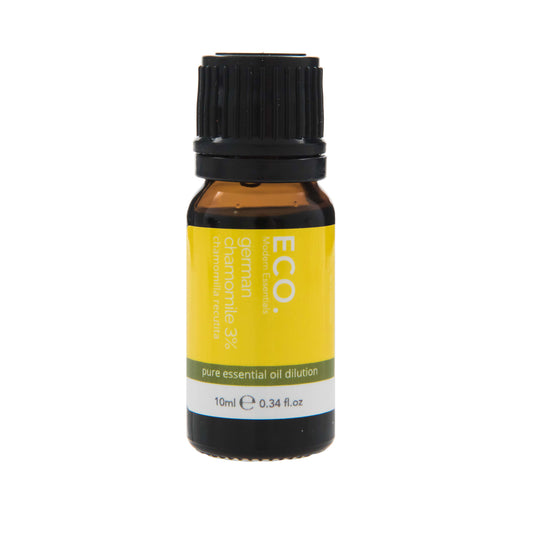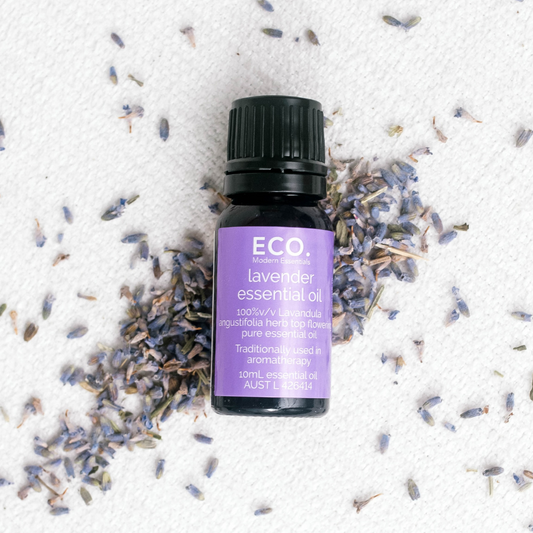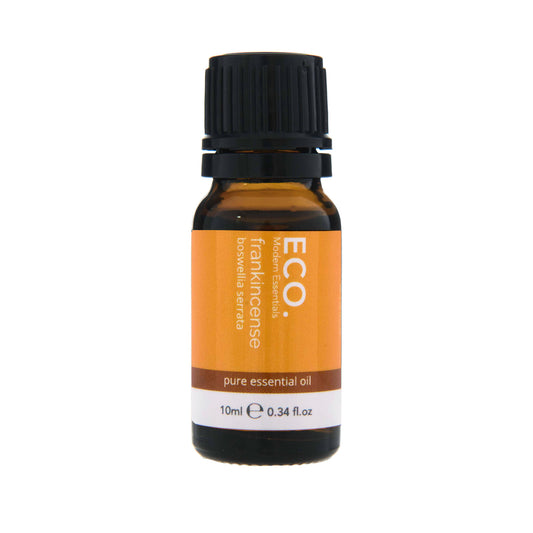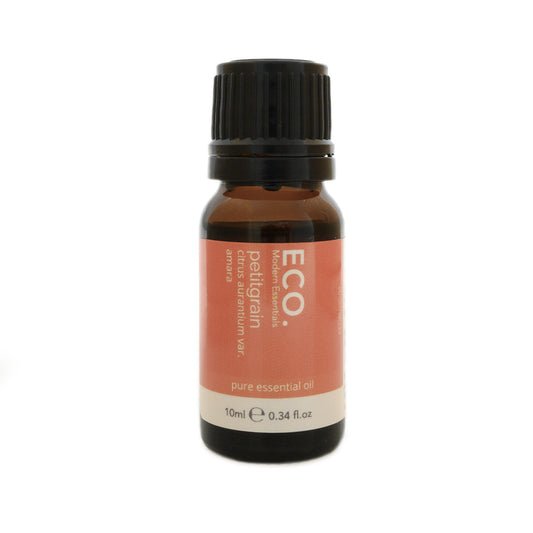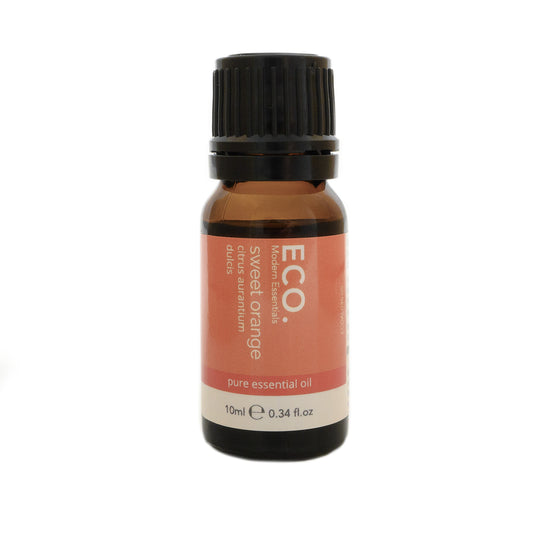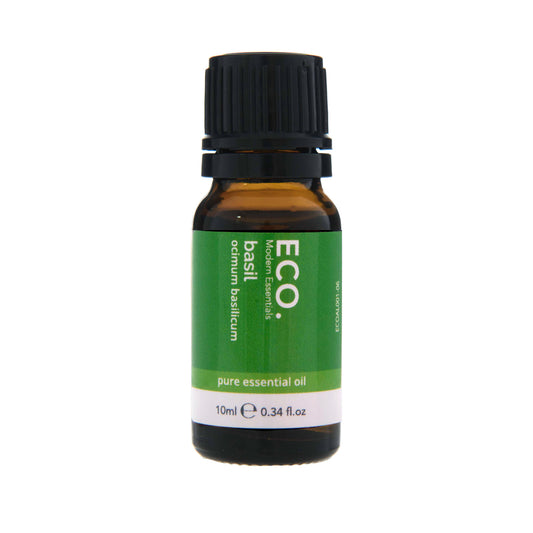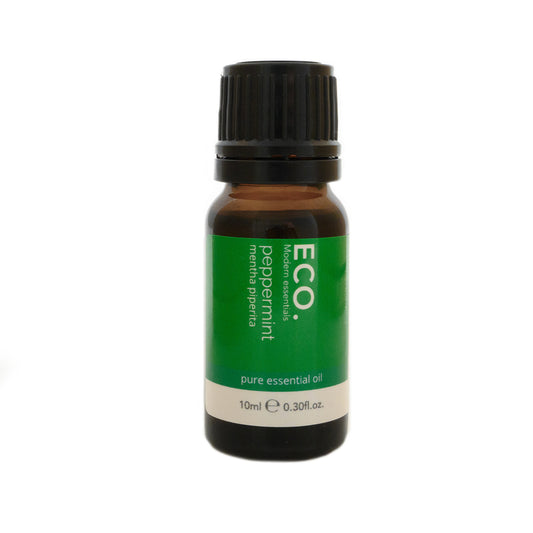
Essential Oils for Allergies
After a long and cold winter, most of us can’t wait to get outside and enjoy the warmth of the sun and the fresh clean air of spring. However, others run for the anti-histamine tablets and tissues.
Our immune system detects harmful invaders (pathogens) and produces an immune response in order to neutralise a threat to the body’s wellbeing. Some immune responses are designed to flush out unwanted substances which can result in a runny nose or eyes, coughing and an upset stomach.
Essential oils can help control the symptoms of allergic reactions and support the body to reduce an over active immune response. Below is a list of therapeutic actions that help with allergies and essential oils that have these properties.
Essential oils for Anti-allergenic and Anti-histamine
Essential oils for Anti-inflammatory
Essential oils for Antipruritic
Essential oils for Expectorant
Pine
Essential oils for Immunostimulant
Aromatherapy for Allergies
Hay fever and blocked sinuses make life unpleasant and can cause headaches, brain fog and the potential for respiratory infections. Aromatherapy can help to clear the airways and bring the brain back online. Below we have provided a few different ways you can minimise the irritations Spring can bring.
Diffuser Blend
- 2 drops of Pine Pure Essential Oil
- 4 drops of Orange Pure Essential Oil
- 2 drops of Rosemary Pure Essential Oil
Diffuse for up to 2 hours.
Steam Inhalation
What you'll need:
- Bowl with warm water
- Hand towel
- 2 drops of any of the recommended Essential Oils
Method + Use:
- Add your essential oil of choice to the bowl.
- Lean over the bowl with towel draped over your head.
- Inhale slowly and deeply.
It is recommended to keep the amount of essential oil in a steam inhalation low as a large amount of essential oil in a steam inhalation can cause irritation to the mucous membranes which in turn create more mucous.


